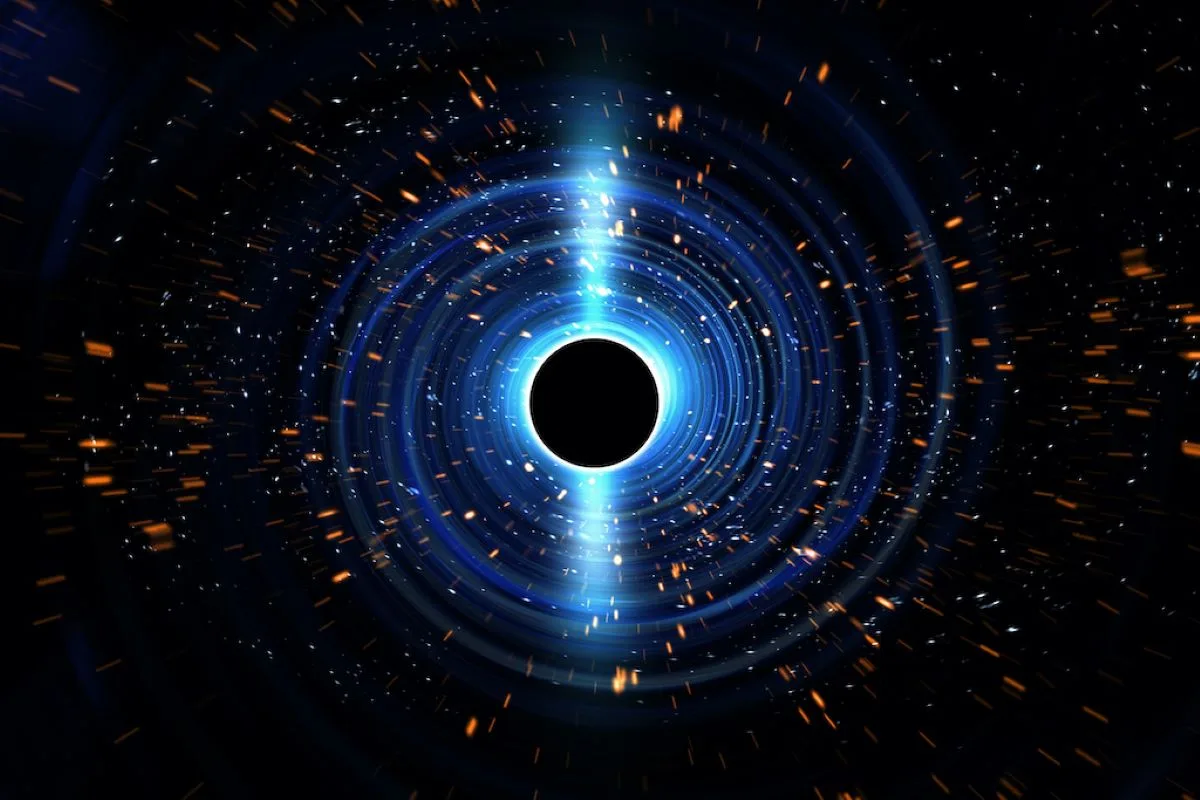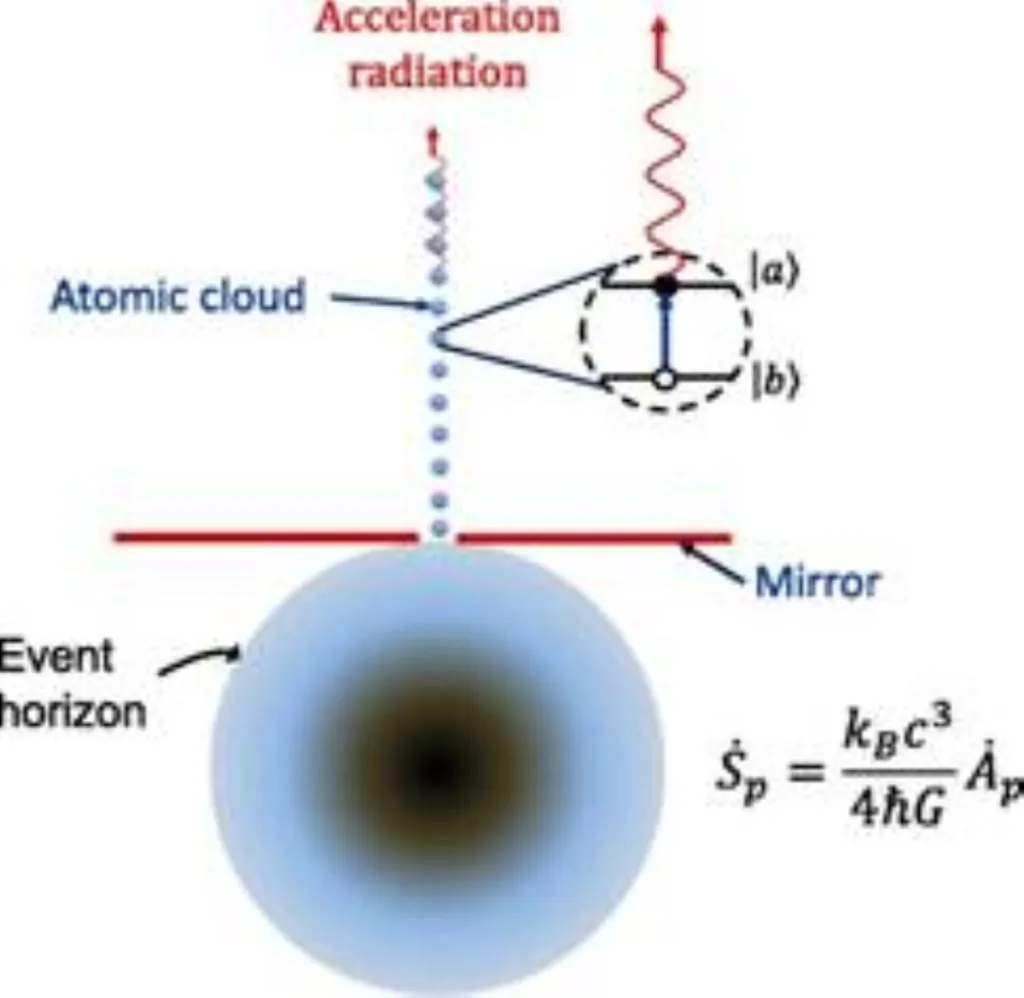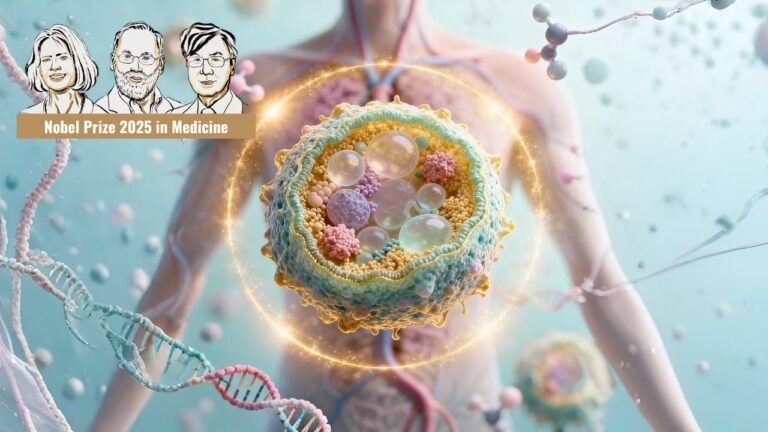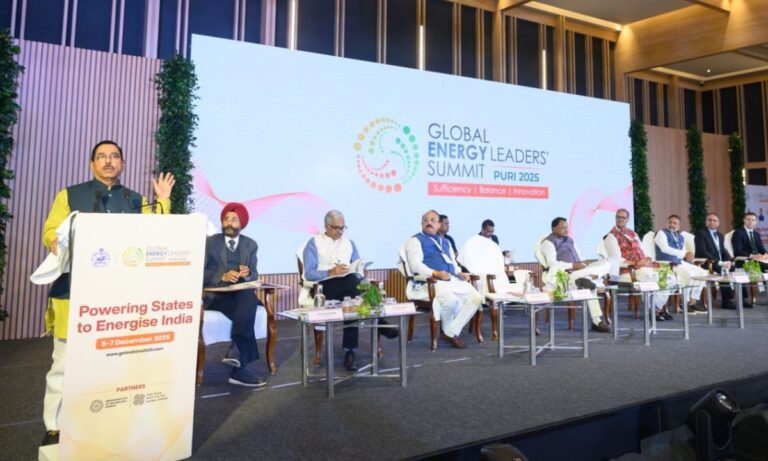
Black Hole Radiation Reveals Novel Features, Advancing Quantum-Gravity Unification
Scientists from the S.N. Bose National Centre for Basic Sciences, an autonomous institute of the Department of Science and Technology, have made significant progress in understanding the radiation emitted from a black hole when atoms fall into it.
This groundbreaking research could have far-reaching implications for the unification of two of the most successful scientific theories of our time – quantum mechanics and the general theory of relativity.
Quantum mechanics is a theory that explains the behavior of particles at the smallest scales, while the general theory of relativity deals with the motion of objects around massive celestial bodies and gravity at a classical level.
A core aspect of the general theory of relativity is the principle of equivalence, proposed by Einstein, which states that the laws of nature remain the same in the presence of a gravitational field as they do in the absence of gravity, as long as the experiment is conducted in a small enough region. The challenge for scientists has been to experimentally validate this principle under quantum mechanical conditions.
One outcome of the general theory of relativity is the concept of a black hole – an astronomical object with an event horizon, a boundary beyond which nothing can escape once it falls inside. Stephen Hawking, the renowned physicist, theorized that black holes can emit radiation, known as Hawking radiation. However, detecting this radiation has proven difficult, as it gets overshadowed by the cosmic microwave background radiation of the universe.
The team of scientists, led by Dr. Sunandan Gangopadhyay and including Soham Sen and Dr. Rituparna Mandal, tackled this challenge by investigating the radiation emitted when atoms fall into a black hole that includes quantum corrections. Their calculations revealed that this radiation exhibits characteristics similar to Hawking radiation and offers valuable insights into the principle of equivalence proposed by Einstein.

What sets this research apart is the determination of the “horizon brightened acceleration radiation entropy” (HBAR entropy) for the radiation emitted from the two-level atoms falling into the black hole. The team found that the HBAR entropy followed the area law with logarithmic leading order area corrections and inverse order of area subleading corrections.
Dr. Sunandan Gangopadhyay, the leader of the research team, explained the significance of their findings, stating, “We carried out the calculation for a quantum-corrected black hole metric and obtained the HBAR entropy, and observed that the equivalence principle holds in a general setting as well. The HBAR entropy obeyed the area law along with logarithmic leading order area corrections and the inverse order of area subleading corrections.”
While similar investigations have been undertaken in the past, this study stands out due to its demonstration of how HBAR entropy behaves in the presence of quantum corrections. The results not only support the validity of the principle of equivalence but also shed new light on the fascinating interplay between quantum mechanics and the general theory of relativity in the extreme environment of black holes.
As researchers continue to explore the mysteries of our universe, this work brings us one step closer to a deeper understanding of its fundamental nature.






